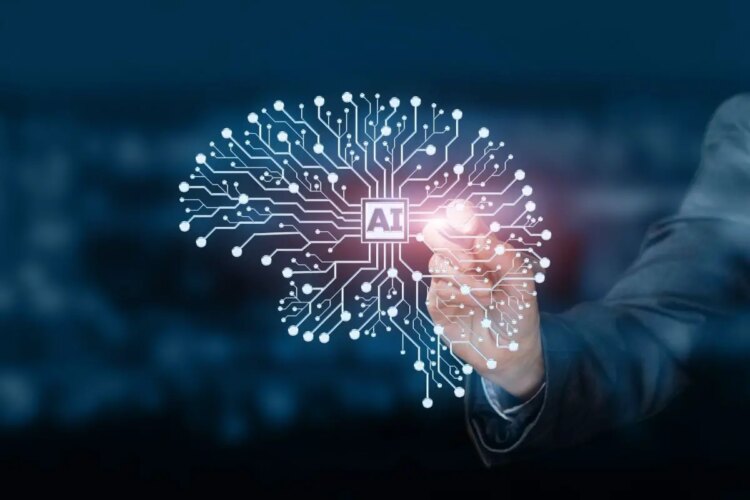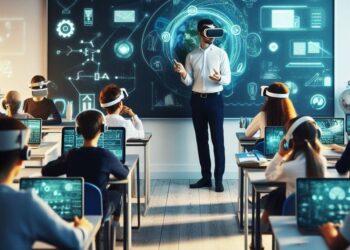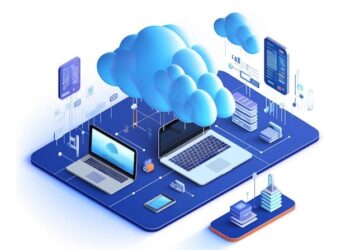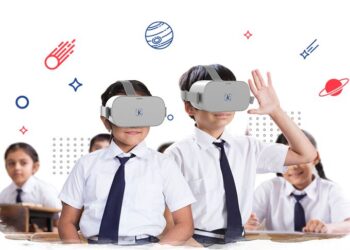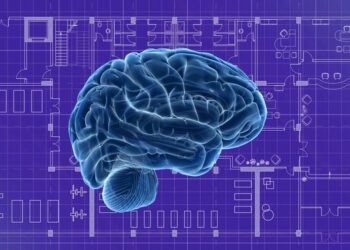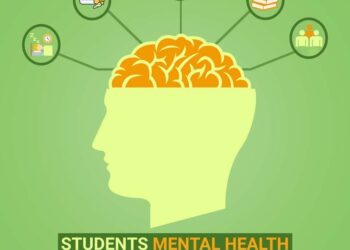The landscape of education is undergoing a profound metamorphosis, propelled by the relentless march of artificial intelligence (AI). What was once the realm of science fiction is now a tangible reality, with AI poised to redefine how we learn, teach, and interact with knowledge itself. This comprehensive exploration delves into the multifaceted impact of AI on the future of education, examining its potential to personalize learning, revolutionize teaching methodologies, enhance accessibility, and prepare students for an increasingly AI-driven world.
The AI Revolution in Education

At its core, AI in education is about leveraging intelligent systems to optimize various aspects of the learning journey. It’s not merely about automating tasks; it’s about creating more adaptive, engaging, and effective educational experiences. The capabilities of AI, from machine learning to natural language processing, are being harnessed to address long-standing challenges in education, offering solutions that were previously unimaginable.
A. The Dawn of Personalized Learning Paths:
Perhaps the most significant promise of AI in education lies in its ability to deliver truly personalized learning. Traditional education, with its one-size-fits-all approach, often struggles to cater to the diverse needs, learning styles, and paces of individual students. AI changes this paradigm entirely.
- Adaptive Learning Platforms: AI-powered platforms can analyze a student’s performance, identify their strengths and weaknesses, and then dynamically adjust the curriculum, content, and pace to suit their individual needs. This means a student struggling with a particular concept might receive additional exercises and explanations, while another who has mastered it can move on to more advanced topics. This adaptability ensures that no student is left behind or held back.
- Intelligent Tutoring Systems (ITS): Imagine a tutor who is always available, endlessly patient, and possesses an encyclopedic knowledge of every subject. AI-driven ITS can provide real-time feedback, answer questions, and offer tailored guidance, mimicking the best aspects of human one-on-one instruction. These systems can pinpoint misconceptions and provide targeted interventions, leading to deeper understanding and improved retention.
- Content Curation and Recommendation: With the explosion of digital content, finding relevant and high-quality educational resources can be overwhelming. AI algorithms can act as intelligent curators, sifting through vast libraries of information to recommend articles, videos, simulations, and interactive exercises that are perfectly aligned with a student’s learning objectives and preferences. This ensures students are always exposed to the most pertinent and engaging materials.
B. Reshaping the Role of Educators:
Far from replacing human teachers, AI is set to augment their capabilities, freeing them from mundane tasks and allowing them to focus on what they do best: inspiring, mentoring, and guiding students.
- Automated Grading and Feedback: Grading assignments, especially for large classes, can be a time-consuming burden for teachers. AI can automate the grading of quizzes, essays (with increasing accuracy), and even coding assignments, providing instant feedback to students and freeing up teachers to focus on more complex, qualitative assessments.
- Data-Driven Insights for Teachers: AI can collect and analyze vast amounts of data on student performance, engagement, and learning patterns. This data, presented in intuitive dashboards, can provide teachers with invaluable insights into classroom dynamics, identify struggling students early on, and inform instructional strategies. Teachers can then make more informed decisions about when to intervene, what topics to revisit, and how to differentiate their teaching.
- Curriculum Development and Resource Discovery: AI can assist teachers in developing more effective curricula by suggesting relevant topics, identifying potential learning gaps, and recommending diverse teaching resources. It can also help teachers stay abreast of the latest research and pedagogical approaches, fostering continuous professional development.
C. Enhancing Accessibility and Inclusivity:
AI holds immense potential to break down barriers to education, making learning more accessible and inclusive for diverse populations.
- Adaptive Interfaces for Special Needs: For students with disabilities, AI can power adaptive interfaces that cater to their specific needs. This includes speech-to-text and text-to-speech technologies, sign language translation, alternative input methods, and personalized visual displays, ensuring that learning materials are accessible to everyone.
- Language Translation and Interpretation: In an increasingly globalized world, language barriers can hinder access to quality education. AI-powered translation tools can instantly translate educational content into multiple languages, opening up opportunities for students worldwide to access resources that were previously unavailable to them.
- Affordable and Scalable Education: AI can help reduce the cost of delivering high-quality education, making it more affordable and scalable, especially in underserved regions. Online AI-powered platforms can reach millions of learners simultaneously, democratizing access to knowledge.
D. Preparing for an AI-Driven World:
The integration of AI into education is not just about improving current practices; it’s about preparing students for a future where AI will be ubiquitous in professional and personal lives.
- Fostering AI Literacy: It is crucial for students to understand how AI works, its ethical implications, and its potential impact on society. Education needs to incorporate AI literacy, teaching students not just to use AI tools, but to critically analyze their outputs and understand their underlying principles.
- Developing 21st-Century Skills: While AI can handle many routine tasks, uniquely human skills like critical thinking, creativity, problem-solving, collaboration, and emotional intelligence will become even more valuable. AI in education can be designed to foster these skills through complex problem-solving scenarios, collaborative projects, and creative exercises.
- Ethical Considerations of AI: As AI becomes more integrated into our lives, ethical considerations around data privacy, algorithmic bias, and responsible AI development are paramount. Education must address these ethical dimensions, encouraging students to become responsible digital citizens and future innovators.
The Evolution of AI Tools in Learning Environments
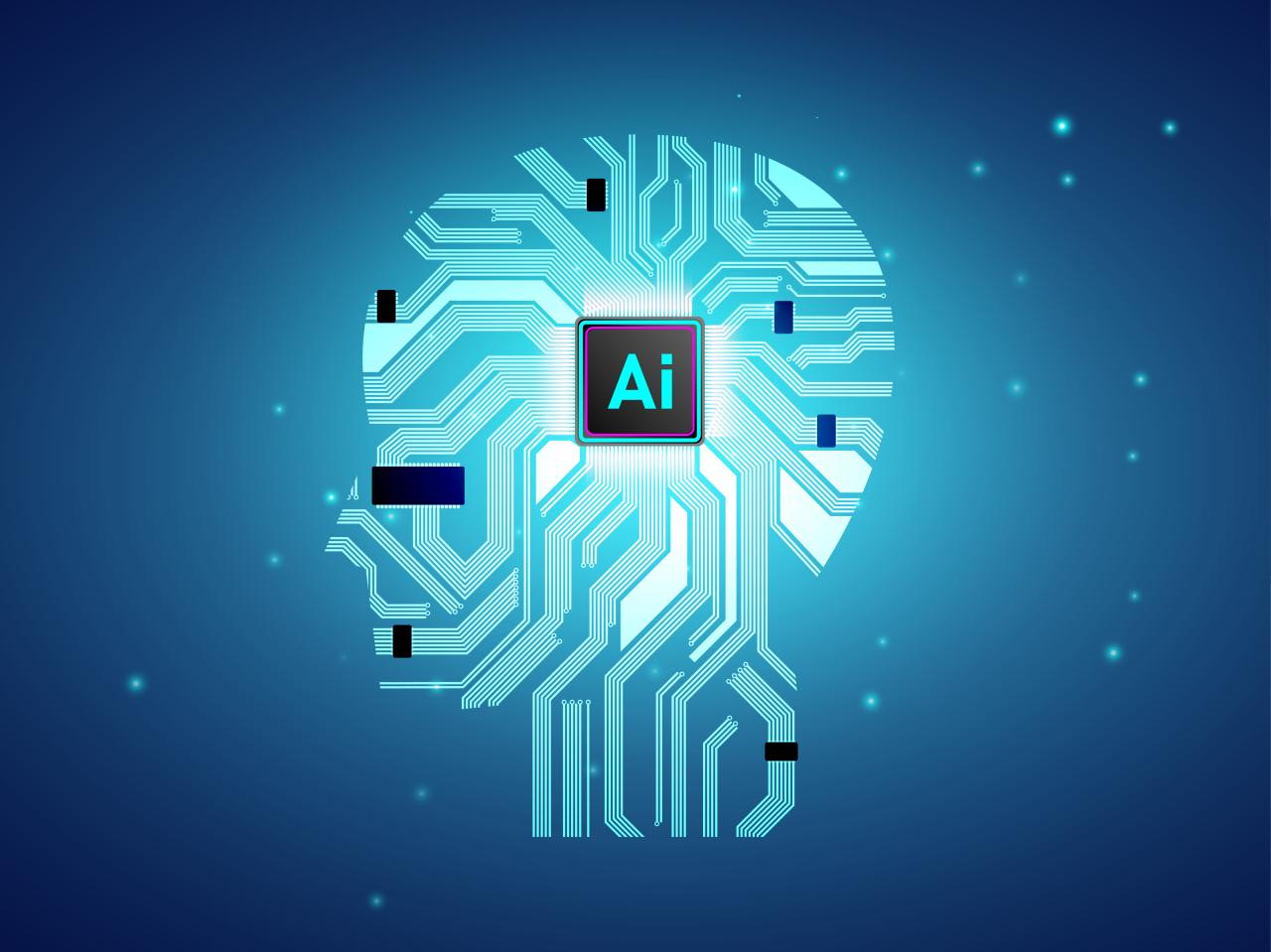
The practical application of AI in education is manifesting in a variety of innovative tools and platforms, each designed to address specific needs and enhance different aspects of the learning process.
A. Learning Management Systems (LMS) with AI Integration:
Modern LMS platforms are increasingly incorporating AI functionalities to provide a more holistic and intelligent learning experience.
- Predictive Analytics: AI can analyze student data to predict academic risk, identify students who might be struggling, and alert educators so they can intervene proactively. This allows for timely support and personalized outreach.
- Automated Content Delivery: Beyond simple recommendations, AI in LMS can intelligently sequence content delivery based on student progress, ensuring a logical flow of information and a tailored learning journey.
- Sentiment Analysis: Some advanced LMS platforms are exploring sentiment analysis to gauge student engagement and emotional states based on their interactions, providing teachers with a subtle indicator of student well-being and potential disengagement.
B. Virtual Reality (VR) and Augmented Reality (AR) Enhanced by AI:
Immersive technologies are being supercharged by AI to create incredibly realistic and interactive learning environments.
- Simulations and Virtual Labs: AI-driven VR simulations can replicate complex scientific experiments, historical events, or real-world scenarios, allowing students to learn through hands-on experience without physical limitations or risks. Imagine dissecting a virtual frog with haptic feedback, guided by an AI anatomy expert.
- Interactive AR Overlays: AR can overlay digital information onto the real world. AI can enhance this by making these overlays intelligent and responsive, such as an AR app that identifies a plant and provides detailed botanical information, or an AR history lesson that animates ancient ruins as you view them.
- Personalized VR/AR Learning Paths: AI can customize the VR/AR experience based on a student’s progress and understanding, offering different scenarios or levels of complexity within the immersive environment.
C. Chatbots and Conversational AI for Support:
AI-powered chatbots are becoming invaluable resources for instant student support and information retrieval.
- 24/7 Q&A Support: Students often have questions outside of traditional class hours. AI chatbots can provide instant answers to frequently asked questions about course content, assignments, or administrative procedures, acting as an always-on help desk.
- Study Companions: Some advanced chatbots can engage students in conversational learning, quizzing them on topics, explaining concepts, and even engaging in simulated debates to deepen understanding.
- Mental Health Support (Early Stages): While still in early development, some AI chatbots are being designed to offer preliminary mental health support, providing resources and guiding students to professional help if needed, acknowledging the growing importance of student well-being.
D. AI for Language Learning:
Language acquisition is an area where AI is making significant strides.
- Personalized Practice: AI can provide endless opportunities for personalized language practice, adapting to a learner’s fluency level and focusing on areas where they need improvement, whether it’s pronunciation, grammar, or vocabulary.
- Speech Recognition and Feedback: AI-powered speech recognition can analyze a student’s pronunciation and provide immediate, specific feedback, helping them refine their speaking skills.
- Contextual Learning: AI can generate realistic conversational scenarios, allowing learners to practice their language skills in contextually relevant situations, moving beyond rote memorization.
Challenges and Ethical Considerations
While the promise of AI in education is immense, its implementation is not without challenges and crucial ethical considerations that must be addressed responsibly.
A. Data Privacy and Security:
AI systems in education often rely on collecting vast amounts of student data. Ensuring the privacy and security of this sensitive information is paramount.
- Robust Data Governance: Strict policies and protocols are needed to govern how student data is collected, stored, used, and shared. Transparency with students and parents about data practices is essential.
- Anonymization and De-identification: Where possible, student data should be anonymized or de-identified to protect individual privacy while still allowing for aggregated analysis and system improvement.
- Cybersecurity Measures: Educational institutions must invest in robust cybersecurity infrastructure to protect against data breaches and unauthorized access to student information.
B. Algorithmic Bias:
AI systems are trained on data, and if that data reflects existing societal biases, the AI can perpetuate or even amplify those biases.
- Fairness in Algorithms: Developers and educators must actively work to identify and mitigate biases in AI algorithms used in education, ensuring that these systems do not disadvantage certain student populations based on their background, gender, or ethnicity.
- Diverse Training Data: Using diverse and representative datasets for training AI models is crucial to reduce bias and ensure that AI systems perform equitably for all learners.
- Human Oversight and Accountability: Human oversight is essential to monitor AI system performance, identify potential biases, and intervene when necessary. Clear lines of accountability must be established for the outcomes of AI-driven educational decisions.
C. The Digital Divide:
While AI can enhance accessibility, it also risks exacerbating the existing digital divide if not implemented thoughtfully.
- Equitable Access to Technology: Ensuring that all students have access to reliable internet connectivity, devices, and the necessary digital literacy skills is fundamental. Without this foundational access, AI’s benefits will remain out of reach for many.
- Infrastructure Development: Governments and educational bodies need to invest in infrastructure development, particularly in remote or underserved areas, to support the widespread adoption of AI-powered learning tools.
D. Teacher Training and Professional Development:
For AI to be effectively integrated, teachers need to be equipped with the knowledge and skills to leverage these new tools.
- Upskilling Educators: Comprehensive training programs are needed to familiarize teachers with AI technologies, their capabilities, and how to effectively integrate them into their pedagogy. This includes understanding the data provided by AI and interpreting its implications.
- Changing Pedagogical Approaches: AI will necessitate a shift in teaching methodologies. Teachers will transition from being primary dispensers of information to facilitators of learning, guides, and mentors who leverage AI to create richer learning experiences.
E. Over-reliance and Critical Thinking:
There’s a risk that students might become overly reliant on AI tools, potentially hindering the development of their critical thinking and problem-solving skills.
- Balanced Integration: AI should be used to augment, not replace, core cognitive processes. Educators must design learning activities that encourage students to think critically, challenge AI outputs, and engage in deeper analysis.
- Emphasis on Human-Centric Skills: As AI automates more tasks, the emphasis in education must shift towards uniquely human skills that AI cannot easily replicate, such as creativity, empathy, ethical reasoning, and complex interpersonal communication.
A Collaborative Ecosystem
The future of education with AI is not one where machines replace humans, but rather one where a synergistic relationship flourishes between AI systems, educators, and students. It envisions a collaborative ecosystem where technology empowers learning in unprecedented ways.
A. Lifelong Learning Redefined:
AI will play a pivotal role in facilitating lifelong learning, a necessity in a rapidly evolving job market.
- Personalized Skill Gap Identification: AI can identify individual skill gaps based on career aspirations and market trends, then recommend tailored learning pathways for reskilling and upskilling.
- Continuous Learning Platforms: AI-powered platforms will offer continuous, on-demand learning opportunities, allowing individuals to acquire new knowledge and skills throughout their professional lives.
B. Globalized and Interconnected Learning:
AI can break down geographical barriers, fostering a truly global learning community.
- Cross-Cultural Collaboration: AI translation and communication tools will enable students from different countries to collaborate on projects, fostering cross-cultural understanding and global citizenship.
- Access to World-Class Expertise: AI platforms can connect learners with world-class educators and content, irrespective of their location, democratizing access to high-quality instruction.
C. Research and Innovation in EdTech:
The field of educational technology, driven by AI, will continue to see rapid innovation.
- Adaptive Content Generation: Future AI might be able to dynamically generate new learning content, exercises, and assessments tailored to specific learning objectives and individual student needs on the fly.
- Emotional AI in Learning: Research into “emotional AI” or “affective computing” could lead to systems that understand and respond to students’ emotional states, providing support or adjusting learning strategies based on frustration, engagement, or confusion.
Conclusion
The journey towards an AI-transformed education system is complex, requiring careful planning, ethical considerations, and continuous adaptation. However, the potential rewards – a more personalized, accessible, and effective learning experience for everyone – are truly transformative. By embracing AI responsibly and strategically, we can unlock a future where education is more dynamic, inclusive, and empowering than ever before.

